In the accounts of February ECB meeting, it was argued that monetary policy in the current environment was to “ensure that inflation expectations remained firmly anchored ” and to “avoid the risk of the prevailing high inflation becoming entrenched.”
“Caution was expressed about basing the Governing Council’s assessment on wage data which were only available with a lag. In this environment, the main risk was no longer of tightening monetary policy too early but too late,” the accounts noted.
It’s also argued that “an earlier monetary policy normalisation would reduce the risk of abrupt tightening later on, which could potentially be associated with high economic and social costs.”
“In the light of the increased uncertainty and the heightened upside risks to the inflation outlook, the general view prevailed that the Governing Council should convey its increased alertness and should monitor incoming information carefully, in particular regarding second-round effects.”




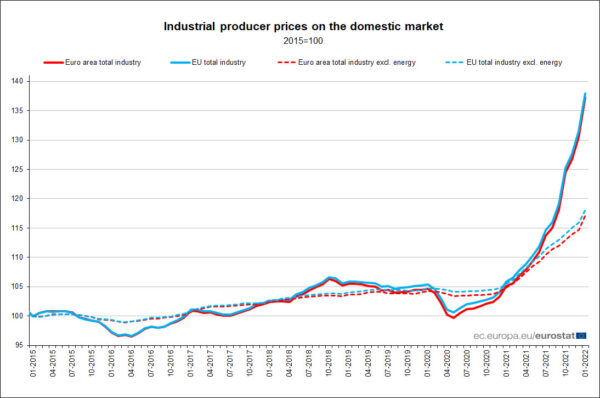
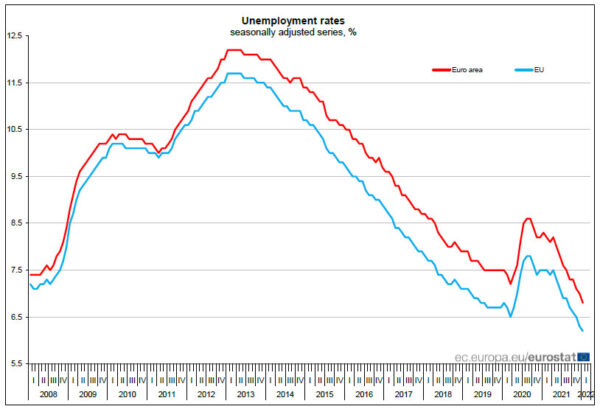
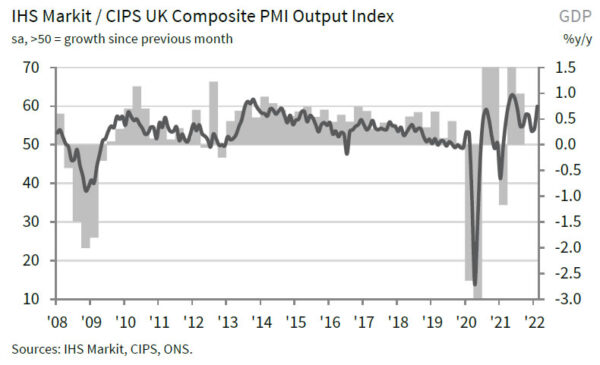
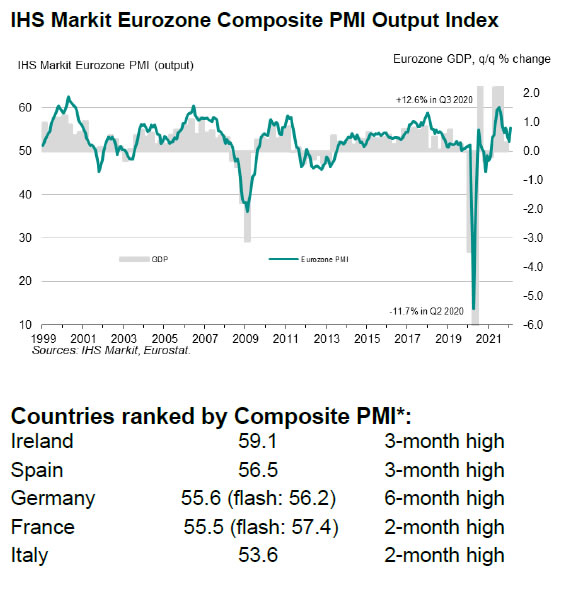
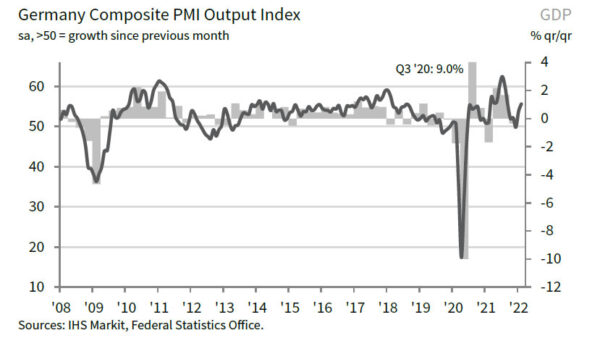
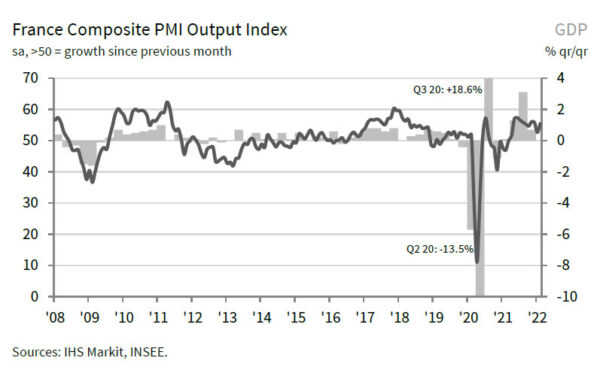
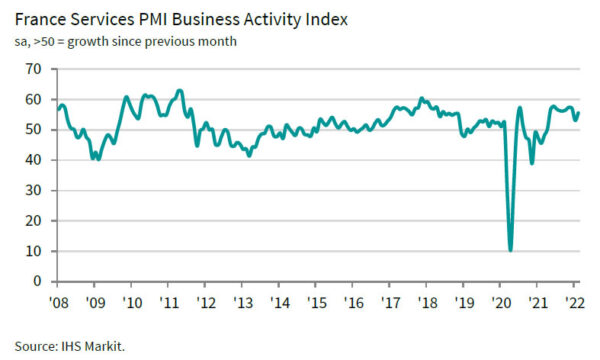
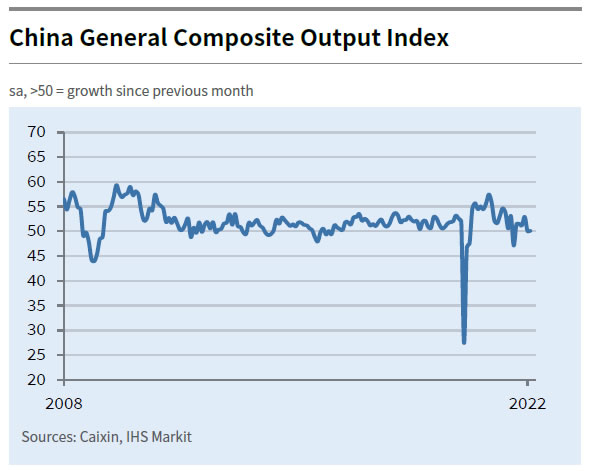
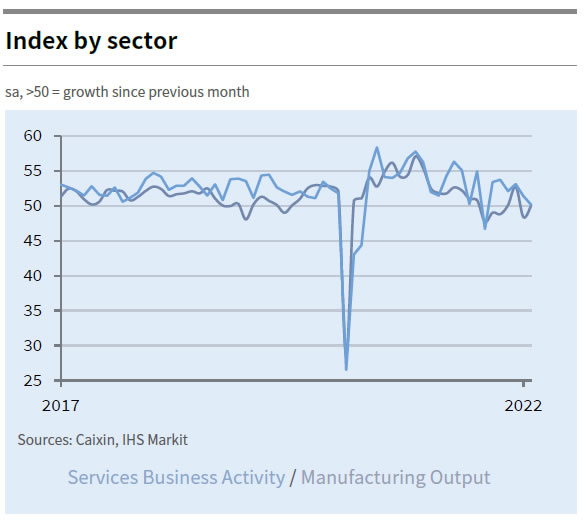
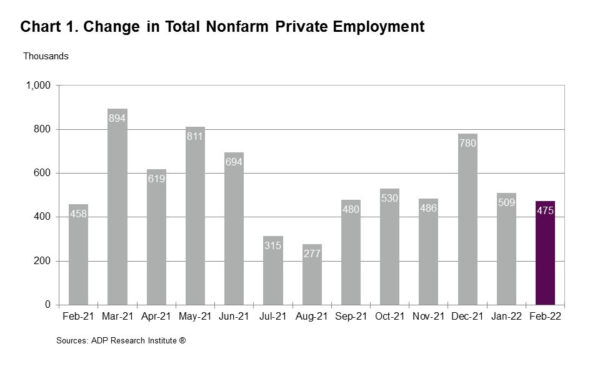
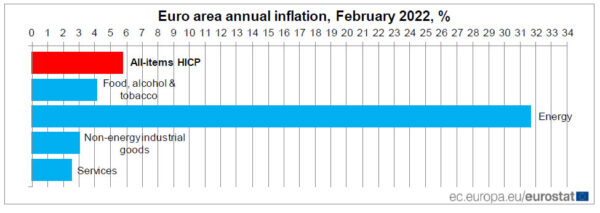
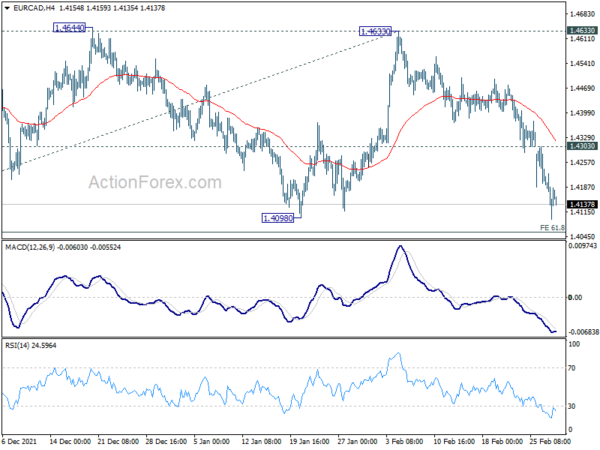
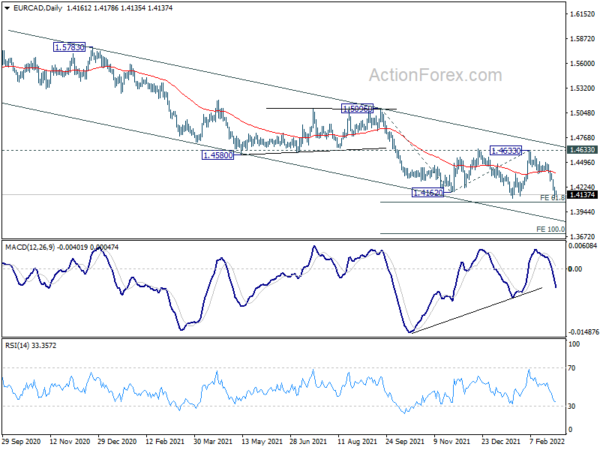
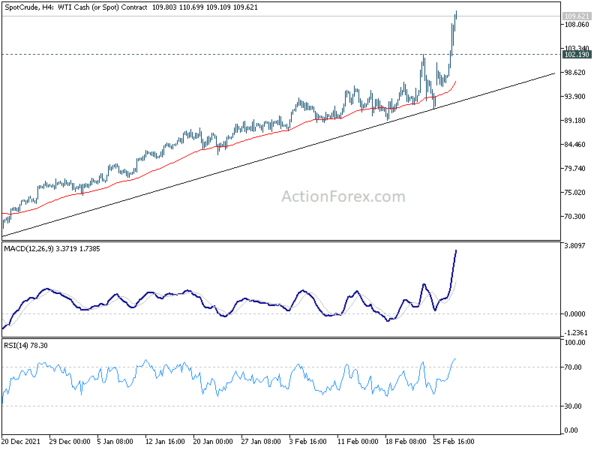
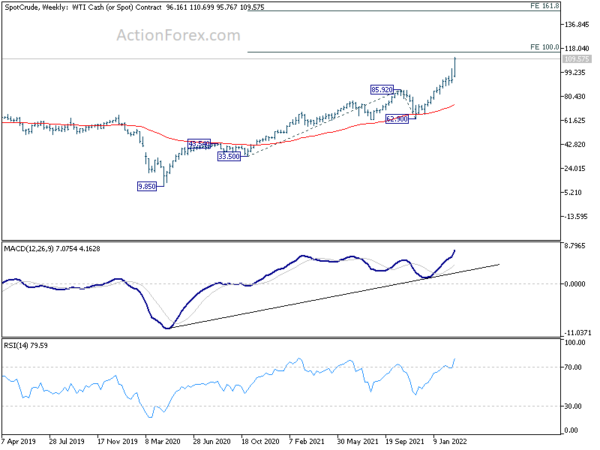

US initial jobless claims dropped to 215k, better than expectation
US initial jobless claims dropped -18k to 215k in the week ending February 25, better than expectation of 235k. Four-week moving average of initial claims dropped -5k to 230.5k.
Continuing claims rose 2k to 1476k in the week ending February 19. Four-week moving average of continuing claims dropped -36k to 1540k, lowest since April 4, 1970.
Full release here.